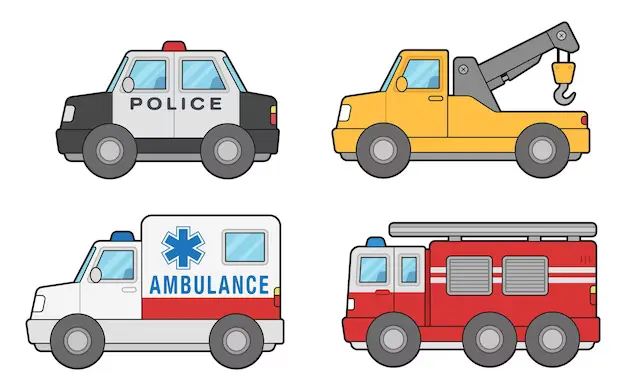The evolution of vehicles from simple means of transport to machines that shape our everyday lives has been a major part of human culture.
The world of vehicles, including cars, motorcycles, buses, trucks and more, is dynamic and diverse.
This exploration explores the many facets of the world of vehicles. We examine their history, technological advances, environmental issues, and profound impacts on society.
Facets of the vehicles
1. Evolution of Vehicles:
The history of cars spans many centuries. They began as primitive forms of transport, such as carts or horse-drawn carriages. In the wake of the Industrial Revolution, steam-powered cars and internal combustion engines were developed. In the 20th century, automobiles revolutionized the idea of mobility and changed the way we travel.
2. Technology Advancements:
Vehicles have undergone continuous advancements in technology, each new era featuring innovations that aim to improve efficiency, safety and sustainability. The automotive industry has seen a rise in electric vehicles (EVs), driven by environmental concerns and the shift to renewable energy. The integration of intelligent technologies such as advanced safety and connectivity systems, autonomous driving, and other smart features is also reshaping transportation.
3. Electric Vehicles (EVs ):
The rise of electric cars is one of the biggest trends in vehicle manufacturing. Electric vehicles (EVs), powered by batteries and storing electricity, are a more environmentally friendly alternative to internal combustion engines. Electric vehicles, powered by battery technology, are becoming more popular, helping to combat climate change and reduce carbon dioxide emissions.
4. Autonomous vehicles:
Self-driving or autonomous cars represent a new frontier in transportation. These vehicles, which incorporate artificial intelligence and sensors, have the ability to revolutionize transportation by decreasing accidents, improving efficiency and increasing accessibility for people with disabilities. The widespread adoption of self-driving vehicles raises a number of ethical, safety, and regulatory concerns.
5. The Challenges of Mobility in Urban Areas:
With the rapid growth of urbanization, challenges to managing traffic congestion are becoming more prominent. Innovative solutions are needed to address issues such as traffic congestion, pollution and parking space shortages. Planners and policymakers in urban areas are looking at alternatives, such as bike sharing programs and public transportation improvements, to develop more efficient and sustainable urban mobility systems.
6. Environmental Impact.
The impact on the environment of cars, especially those that run on fossil fuels, is a major concern. The greenhouse gas emissions from traditional vehicles, the air pollution and the depletion of natural resources are all factors that contribute to environmental degradation and climate change. To reduce the impact on the environment of transport, the automotive industry has been concentrating more and more on sustainable practices. This includes the promotion of hybrids and electric vehicles.
7. Transportation as a Service:
This concept is gaining traction. It emphasizes the move from vehicle ownership towards a model that treats transportation as a “service.”. This trend is exemplified by ride-sharing platforms and on-demand transport services. TaaS models are designed to maximize resource usage, decrease traffic congestion and improve overall transportation efficiency.

8. The vehicles have an impact on culture and society:
They influence how people travel and interact with their environment. For example, the advent of automobiles revolutionized ideas of autonomy and freedom. It also created challenges, such as suburban sprawl and traffic congestion. Social implications include issues such as accessibility, economic disparities and the overall quality of life in rural and urban areas.
9. Safety innovations:
Vehicle safety technology advancements have been crucial in reducing the number of accidents and injuries. Anti-lock brake systems (ABS), lane departure alert systems, adaptive cruise control, airbags and lane departure warning are all features that contribute to improving overall road safety. Safety innovations are a constant priority in the automotive industry.
10. The future of the automobile is set to continue evolving.
Future transportation is expected to be shaped by the integration of artificial intelligence, the Internet of Things (IoT), sustainable energy sources and the Internet of Things. Hyperloop, flying cars and other innovative modes of mobility in cities are examples of how we continue to search for new solutions that address the changing needs of automobiles.
Conclusion
The evolution of vehicles from simple machines to complex machines has been remarkable. They have changed the way people live and travel. The vehicle industry’s trajectory is shaped by the dynamic interaction between environmental issues, technological innovation, and social impacts. In navigating the future of transport, it is important to take a holistic view that takes into account sustainability, safety and social well-being.
